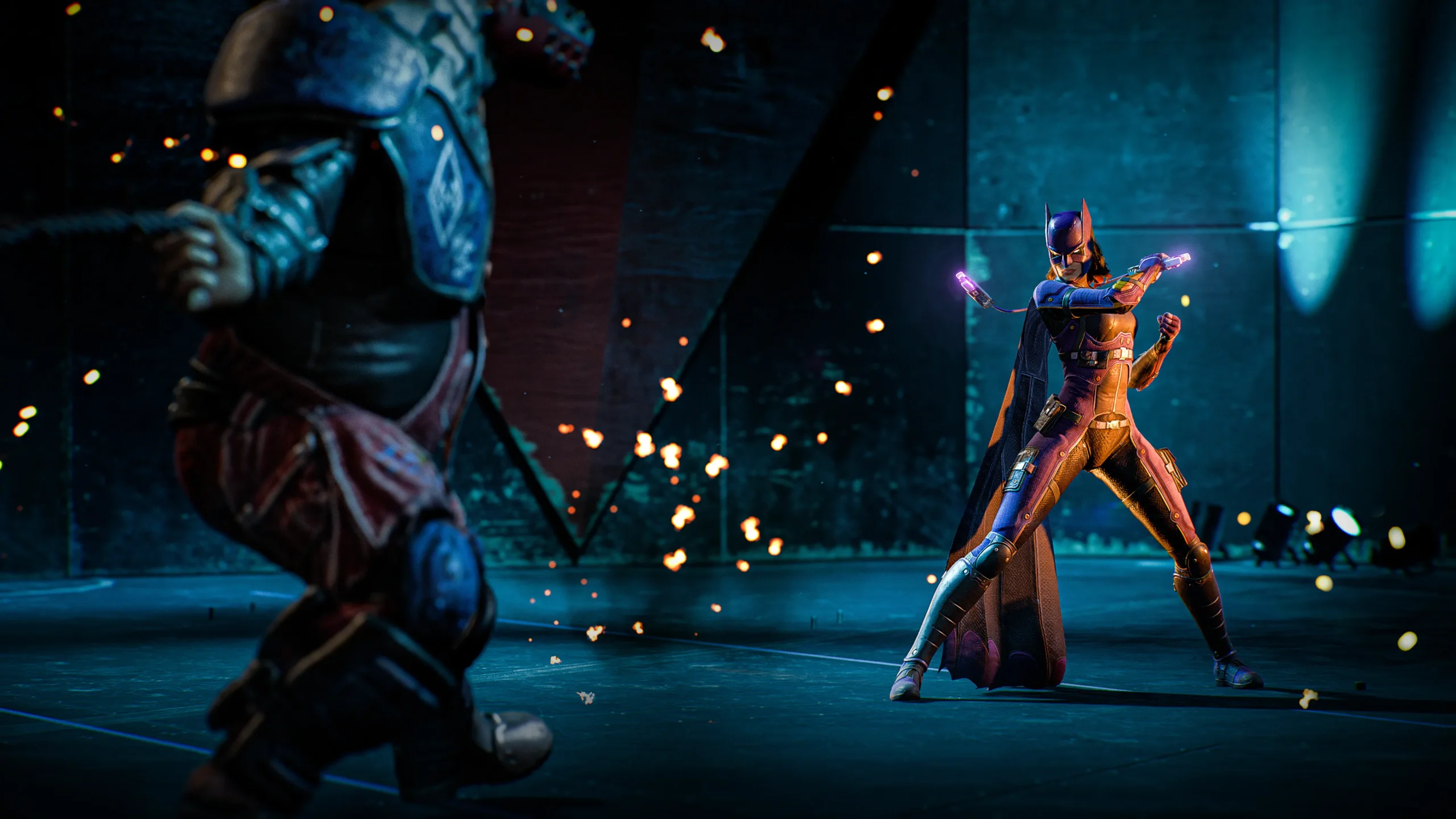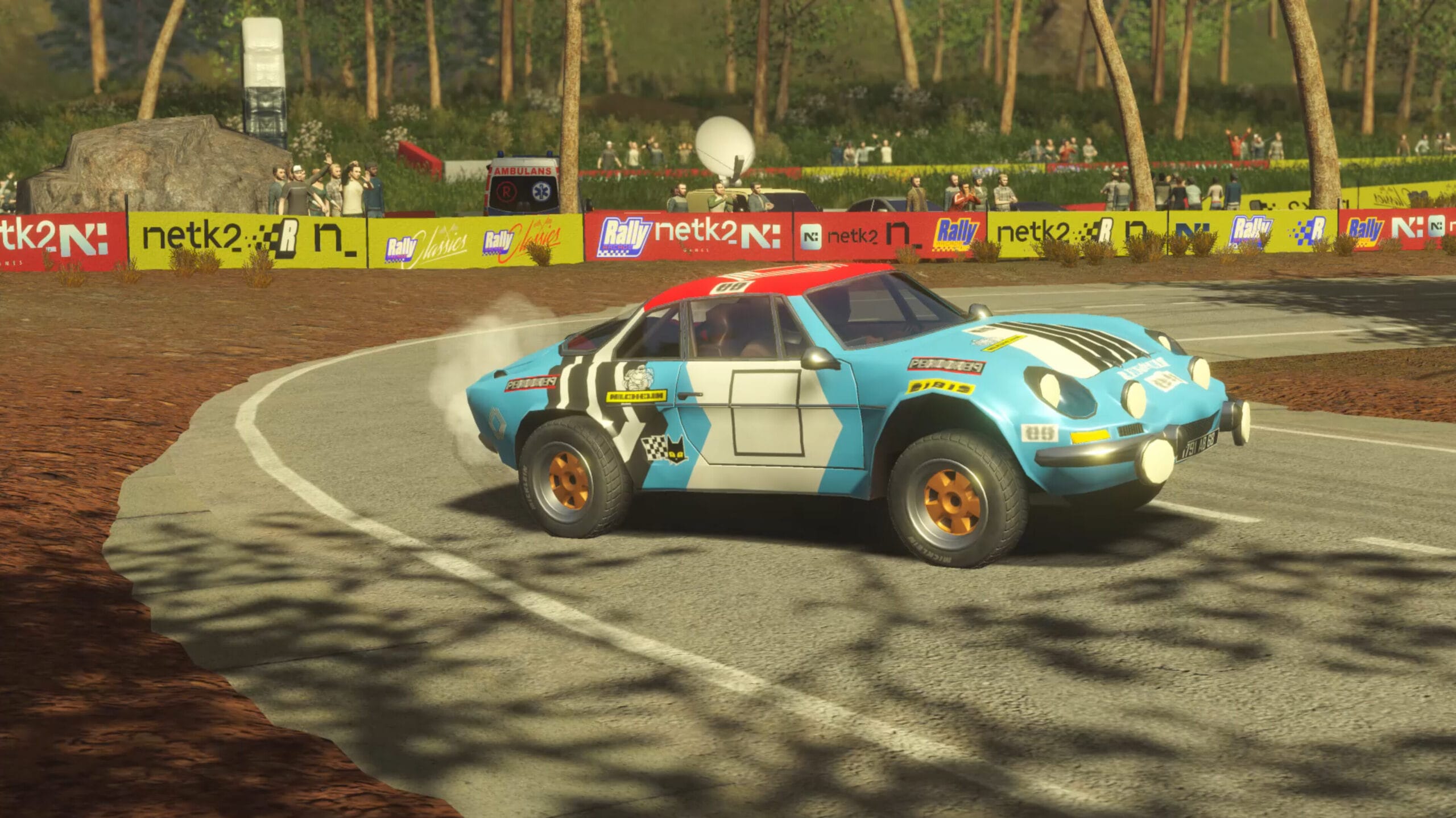Gotham Knights has been one of the most talked-about games of 2022, and with good reason. It is a successor of sorts to the Batman: Arkham series, albeit one set in its own continuity. It is made by WB Games Montréal, who delivered the underrated prequel Batman: Arkham Origins back in 2013. This new game is sure to be divisive, mainly because its efforts to strike out in a new direction have had decidedly mixed results.
The premise is a good one. Batman is dead, defeated by Ra’s Al-Ghul in a very accomplished cutscene which opens the game. The Dark Knight’s four proteges – Batgirl, Robin, Nightwing, and Red Hood – are summoned by a posthumous message to join together as the Gotham Knights, and to prevent Gotham City from descending into chaos. The game promises an open-world action experience that takes cues from the Arkham series, but with four heroes to play instead of one. What could go wrong?
A few things, as it turns out. Gotham Knights is like the city itself – it’s not doomed, but it is deeply troubled. The game’s design seems to reflect some indecision within the studio. Several of the ways it differs from previous Batman games feel like unfortunate hangovers from a previous iteration of the project. Simplified combat mechanics and the inclusion of levelling, crafting, and gear systems all imply that Gotham Knights was once intended to be a live-service game. As a result, the experience can feel awkward and exposed, like a superhero caught midway through changing into their costume.

Gameplay alternates between two principal modes. Gotham City is, as before, an open playground for exploration, combat, and seeking out collectibles. Key moments in the progression of “case files” trigger linear missions, typically set in an otherwise inaccessible interior location like the Monarch Theatre or Blackgate Penitentiary. Batman’s backup base, the Belfry, serves as a means to switch between the four heroes, or to trigger interludes of their often warm and nicely scripted conversations.
In many ways, this rhythm resembles the familiar structure of the Arkham series. It soon becomes clear, though, that Gotham Knights employs a much less satisfying mode of progression. The game is an RPG, albeit in a very loose sense of the term. Access to new missions or areas isn’t gated in a logical way, like needing a specific piece of equipment. It is instead gated in a glumly abstract way: characters will need to have reached a specific level, or quality of weapons and equipment.
This is just one part of Gotham Knights’ odd preoccupation with numbers. Character levels, weapon damage, armour ratings, resource gains, XP rewards – all of these number-heavy systems would have made sense in a live service game but add little here except confusion. The game’s structure also forces players to undertake the same activities again and again in order to access abilities one might expect to come as standard. One baffling example is that each character must stop ten “premeditated crimes” to unlock their unique traversal method – like Batgirl’s cape glide. In another obtuse move, WB Games Montréal force players to tiresomely scan drones just to unlock fast travel.

Other dubious changes are evident in the “free flowing” combat. The developers have significantly simplified this, particularly through the elimination of any kind of counter system – a key feature of the Arkham games. Fights are still often fun, however. Animations are still a thrill to watch, and the four heroes fight significantly differently – especially when their skill trees are more developed. Red Hood, for example, leans more heavily on ranged attacks whereas Robin has the greatest potential for stealthy takedowns. His ability to deploy these on heavy enemies is a real blessing, due to how arduous it can be to take down these tanky foes with anything less than the best possible gear.
There are other issues. The Batcycle, accessible to all four heroes, feels fairly slow and isn’t particularly fun to use. Performance, too, is a problem – albeit less so with a powerful PC than on consoles, which are locked to 30fps and reportedly struggle to achieve even that. These technical issues, like the theorised switch away from a live-service model, strongly imply some trouble within WB Games Montréal.

And yet. At its best, Gotham Knights is a very compelling experience. As confused as its design may be, this is an ambitious and lavish game. This take on Gotham City is a new one, cleaner and less gothic, but still often a joy to explore. There is never a shortage of things to do, and doing them feels excitingly different when switching between characters. Encounters with familiar villains and locales sometimes produce some genuinely memorable moments, and the writing is generally of a high standard. Further, the game may have a somewhat more generic look than, say, Batman: Arkham Knight, but at times it can look superb and luckily, there’s a very good photo mode to capture the moment.
There is a strong sense that some of the potential here was squandered by wrangling over the design direction. Dumbed-down fights and some pointlessly complex systems definitely drag down Gotham Knights. But throughout, the passion that the developers have for this material is evident. A compromised successor to an excellent series is still worth a look, certainly if the price is right and if some of the technical issues can be ironed out. In this game, the four heroes can’t quite escape from the shadow of the bat, but show enough potential to make one wonder what might have been.





